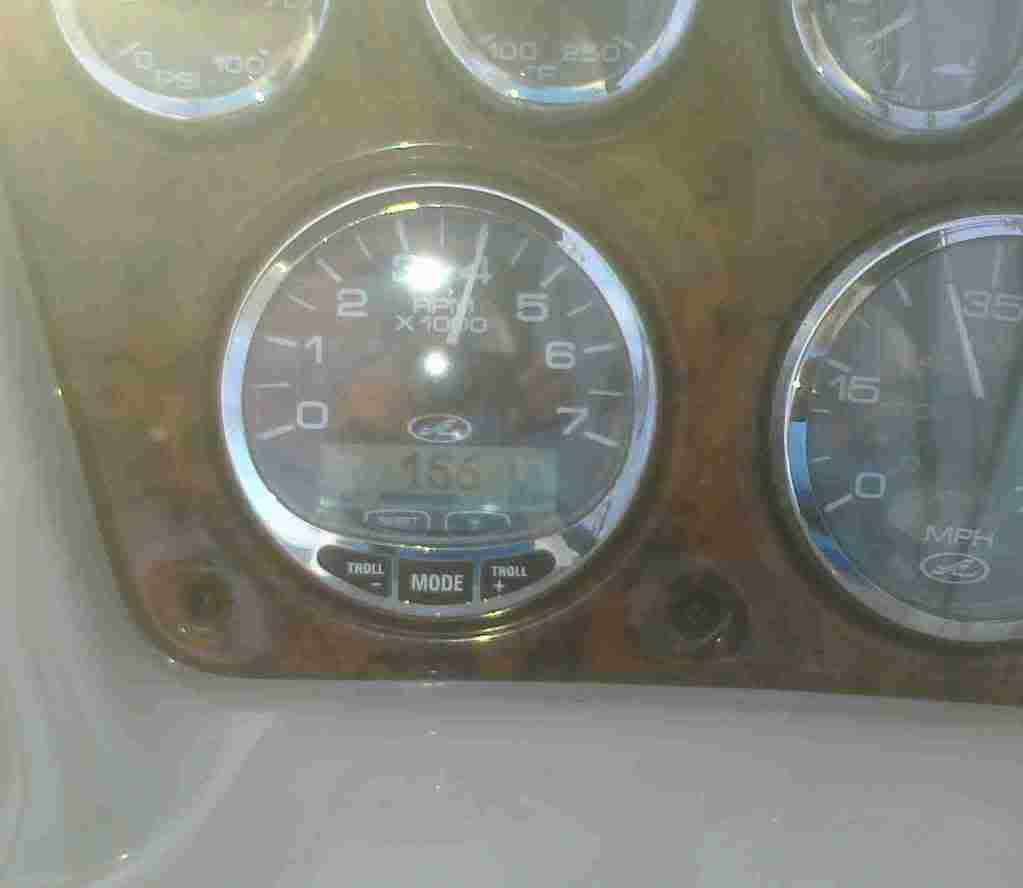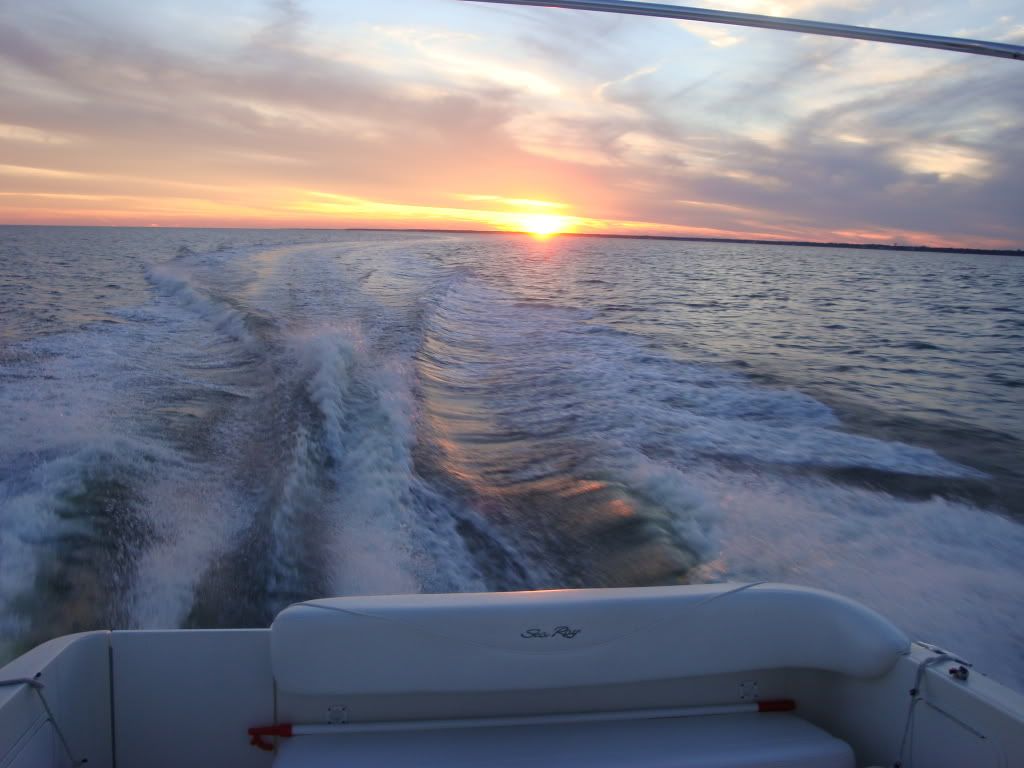I took the boat out Sunday (8/22) for a short spin (all I can really do right now). It’s the second time running with the bypass flow reducer installed that Monitor Products (heat exchanger manufacture) sent me (see details early on in this thread), and wanted to collect more data on how the temp behaves with it, and prior to the raw water thru-hull is installed.
I warmed up the engine to about 150deg and headed out of the marina. As it was very low tide I didn't open her up till I was near the channel about a 10 min ride at 2000RPMish, and the temp stayed at 154deg with a bay water temp of 74deg. I jumped up on plane and settled in at 3800RPM. The engine temp kept climbing, but slowed down as it hit the low 180’s. At 184deg after about 7 min, I could tell as before it wasn’t done heating up. I didn’t want to wait for the temp to get any higher so I slowly pulled back the throttle; first to 3000 then 2500, it held on to 184deg for what seemed like a couple of minutes and then it finally dropped to 174deg. At that point I know I had it under control and could reduce to idle speed. If I had dropped down to anything near idle speed the temp would’ve shot right past the195deg overheat alarm threshold.
My mechanic is installing the thru hulls this week. After he does, I’m going to take it out and pretty much run the same test as above.
The silver lining is that one of our favorite anchorages is close by, so after the quick test and of jotting notes we putted over to it, dropped a hook and enjoyed the afternoon.
For what it’s worth and because SCORPIO asked, I took some water pressure readings while I was at it:
RPM Water Pressure
600 12.2
1330 23.9
2000 32.8
3800 40.7
Looking at this I would wonder if you have something plugging the water circulation. Looking at the pressures, and knowing that my 496 only produces 20 psi, leads me to believe that you have a restriction somewhere and not enough freshwater flow is available to cool the closed system.






